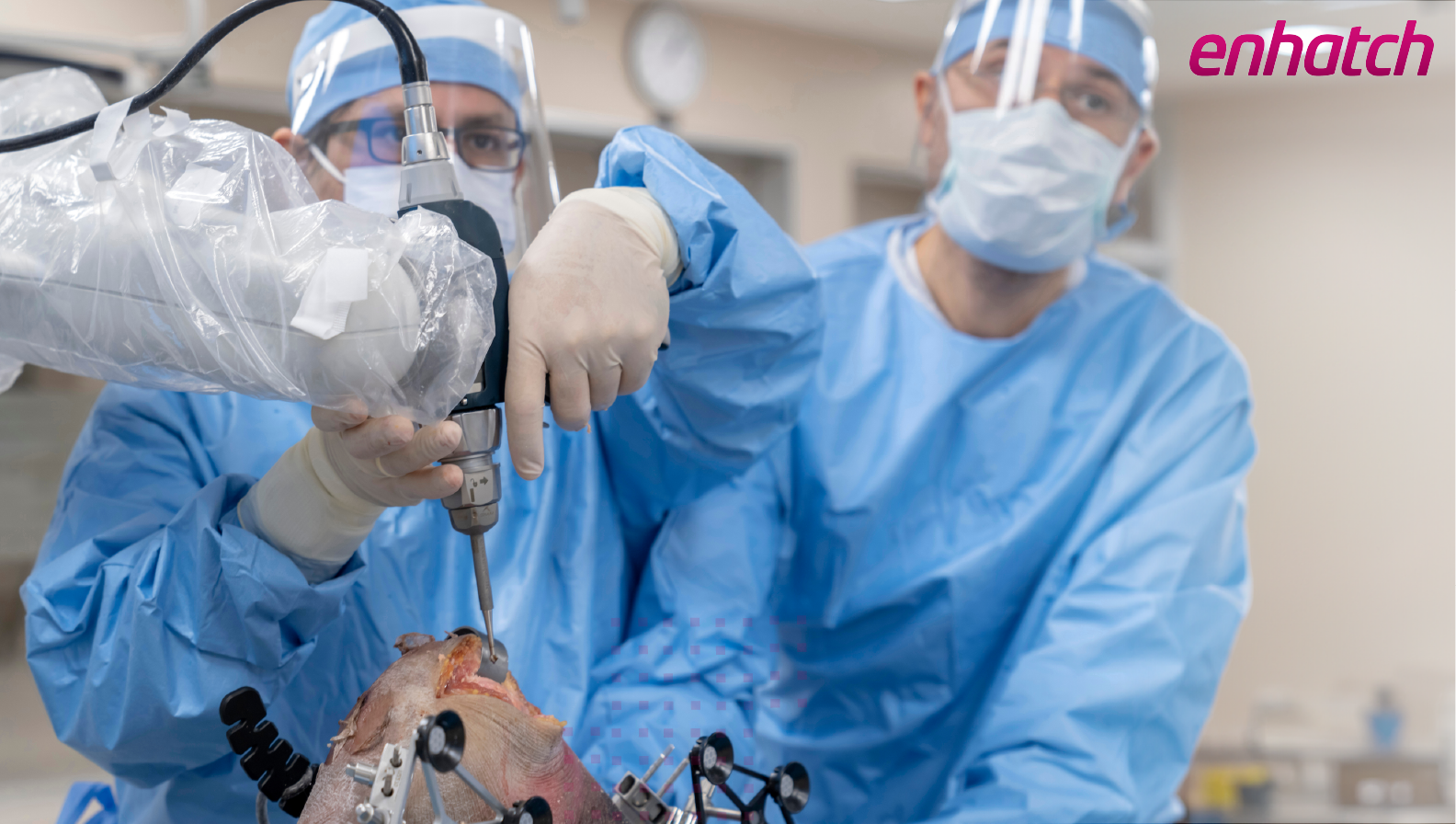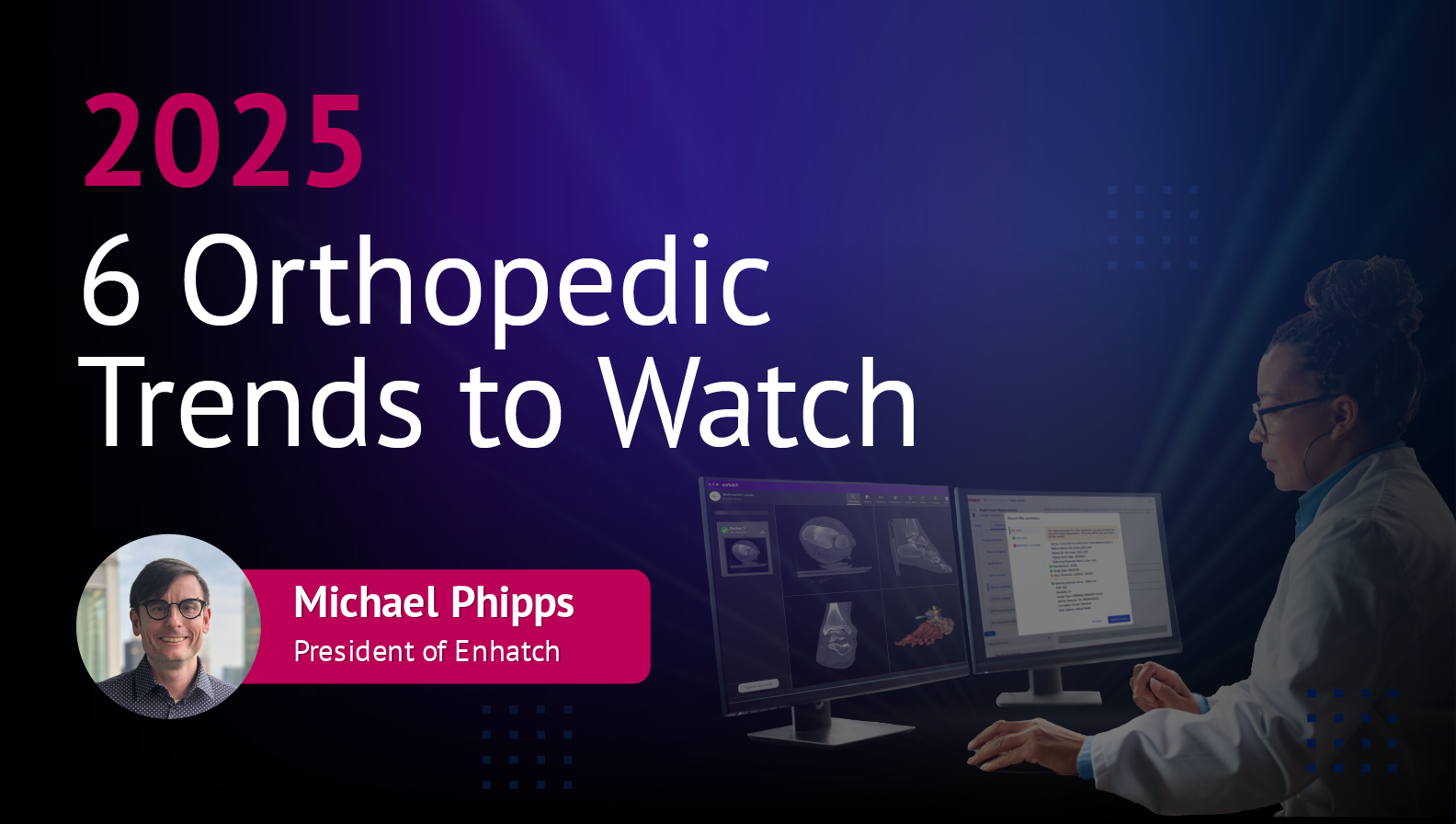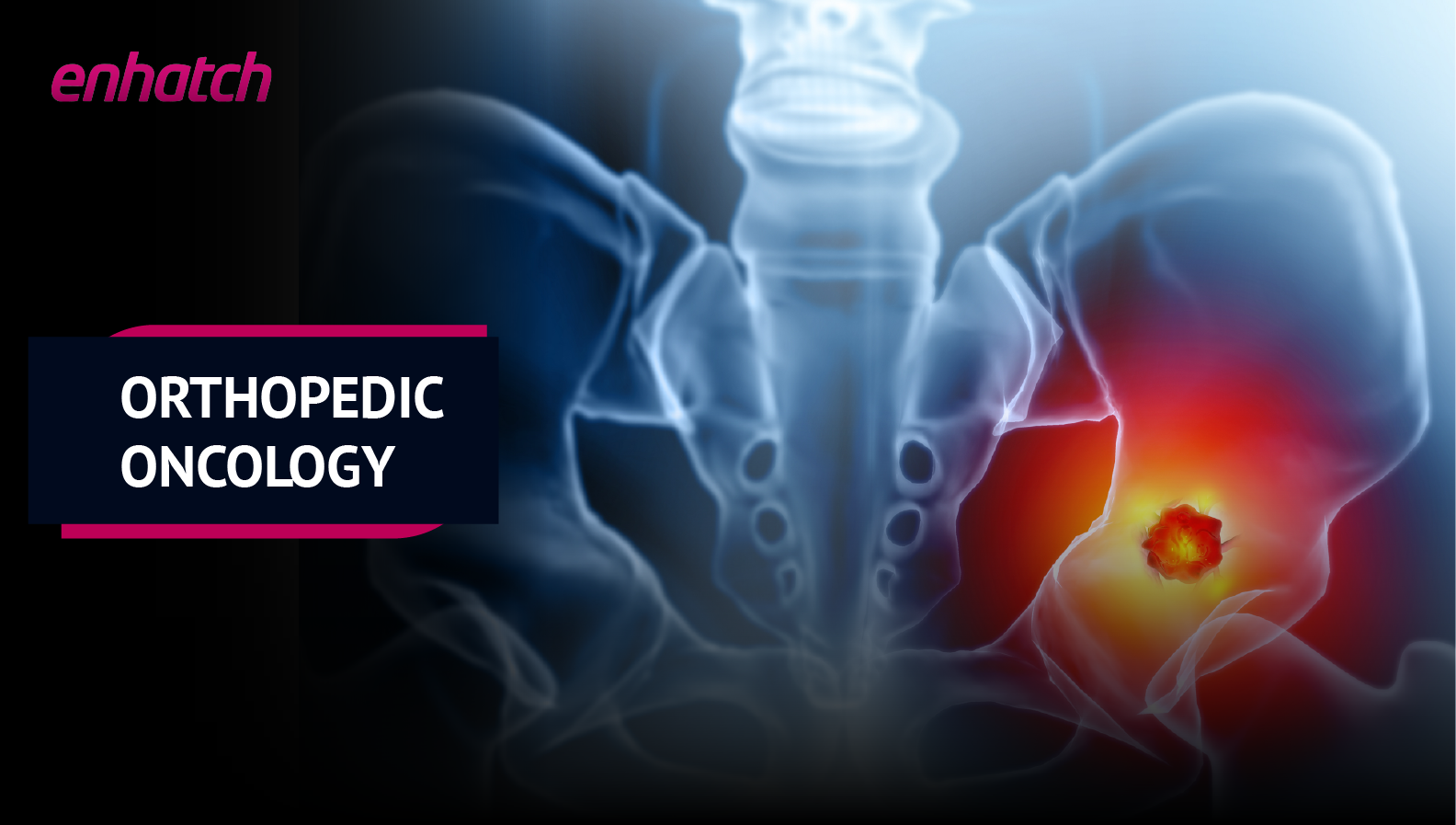VSP: The Secret Sauce to Enhancing Robotic Surgeries in Orthopedics

The landscape of orthopedic surgery is changing rapidly, propelled by the rapid growth of robot-assisted procedures. The following industry facts are clear indicators of this seemingly irreversible growth trend:
- The global orthopedic surgery robot market is witnessing remarkable expansion, with its value soaring from USD 6.8 billion in 2023 to a projected USD 16 billion by the end of 2030.
- GlobalData's analysis forecasts approximately 700,000 robotic-assisted knee reconstruction surgeries worldwide by 2030 at a CAGR of 8%.
- Major industry players, such as Stryker, Zimmer, Johnson & Johnson, and Smith + Nephew, are investing substantially in this area.
- The emergence of several startups (for example, GanyMed Robotics, Galen Robotics, THINK Surgical, Convergence Medical), further highlights the dynamic innovation unfolding in this domain.
While the advantages of robot-assisted surgery are numerous - precision, accuracy, minimally invasive techniques, and reduced surgeon strain - the integration of virtual surgical planning (VSP) can further elevate this process.
By combining the precision of robotic systems with the personalized planning afforded by VSP, orthopedic surgeons can potentially further improve surgical accuracy and patient outcomes. This can result in safer, more effective, and more personalized care for patients worldwide.
Reasons for growth of robot-assisted surgery
Improves precision and accuracy
Robot-assisted surgery offers unparalleled precision and accuracy. It can augment the capabilities of orthopedic surgeons to achieve optimal surgical outcomes.
With advanced imaging technologies and real-time feedback mechanisms, robotic systems, enable surgeons to execute complex procedures accurately. This can minimize the risk of human error and enhance patient safety.
For example, studies have shown that:
- The patients who received robot-assisted total hip arthroplasty (THA) experienced improved joint function and a lower likelihood of revision surgeries.
- Increased precision associated with robot-assisted total knee arthroplasty (TKA) can improve long-term outcomes, reduce implant wear and tear, and enhance patient satisfaction.
As quoted by Dr. Chris Jeffery, orthopedic physician and founder of Convergence Medical in a recent Orthoworld article:

Enables minimally invasive techniques
Robot-assisted surgery, typically linked with minimally invasive surgery (MIS), involves performing procedures with fewer and smaller incisions, offering substantial benefits to patients.
This approach has the potential to minimize surgical trauma and shorten recovery periods in comparison to traditional open surgery techniques.
Reduces surgeon strain
As the surgeon operates from a seated position at the console in robot-assisted surgery, it can significantly reduce strain on surgeons.
For example, studies have shown that total knee arthroplasty (TKA) with robotic surgical assistance results in less physician stress and strain than conventional methods.
Virtual surgical planning (VSP): enhancing robotic surgeries
Utilizing VSP can significantly augment the effectiveness of robotic-assisted surgery in orthopedics. By using intricate 3D models and plans created through VSP, robotic systems can performs surgical procedures with great precision and reliability.
Higher surgical accuracy: precise cuts and placements for complex cases
Virtual surgical planning (VSP) creates detailed 3D models and blueprints. Robotic systems can use these detailed 3D models and plans to better understand a patient's anatomy and perform precise cuts and placements. Integrating VSP with robotics can enable a level of precision that even highly skilled surgeons may sometimes find difficult to achieve.
Better surgical planning: tailored approach
Surgeons can meticulously plan each surgery by integrating patient-specific imaging data and pre-operative planning software with robot-assisted surgery. Surgeons can tailor their approach to the unique anatomical characteristics of the individual patient.
Artificial intelligence (AI) is also proving to be a game changer. Integrating AI can further enable more efficient and rapiddrgical planning process.
Surgical robot customization: personalizing patient care
Virtual surgical planning can help with optimal alignment and fit for patient-specific implants. By leveraging VSP data, surgical robots can be programmed for each step. This can help adjust movements based on the patient's anatomy and surgical plan.
Improved efficiency: shorter surgery time
The combination of VSP and robot-assisted surgery can potentially speed up surgeries. This not only helps patients spend less time under anesthesia but also enhances surgical results by lowering tissue damage and the chance of human errors.
Enhancing outcomes: virtual planning and robotic execution
Using VSP, surgeons can plan and simulate surgeries virtually before using robots for the actual operation. Combining surgeon expertise, virtual surgical planning, and robot precision can potentially help improve patient outcomes.
As stated by Dr. Bruce Gomberg, MD. Northern Light Health (Falmouth, Maine) in a Becker's article:

Key takeaways
- The global market for robots for orthopedic surgery is expanding significantly.
- Industry leaders like Stryker, Zimmer, Johnson & Johnson, and Smith and Nephew are heavily investing in this field.
- The emergence of startups like GanyMed Robotics, Galen Robotics, THINK Surgical, and Convergence Medical showcases ongoing innovation in orthopedic surgery robotics.
- While surgical robots have several benefits, integrating virtual surgical planning (VSP) can help further amplify their impact.
- VSP can help further improve precision, reduce operating times, improve patient outcomes, and enable robot customization.
Sources
- "Recent advances in robot-assisted surgical systems" retrieved from the Sciencedirect website. Visit page.
- "Advancements in Robotic Surgery: A Comprehensive Overview of Current Utilizations and Upcoming Frontiers" retrieved from the NIH website. Visit page.
- "Total Knee Arthroplasty With Robotic Surgical Assistance Results in Less Physician Stress and Strain Than Conventional Methods" retrieved from the arthroplasty journal. See PDF.



